Spike Centaury
Display all 22 images
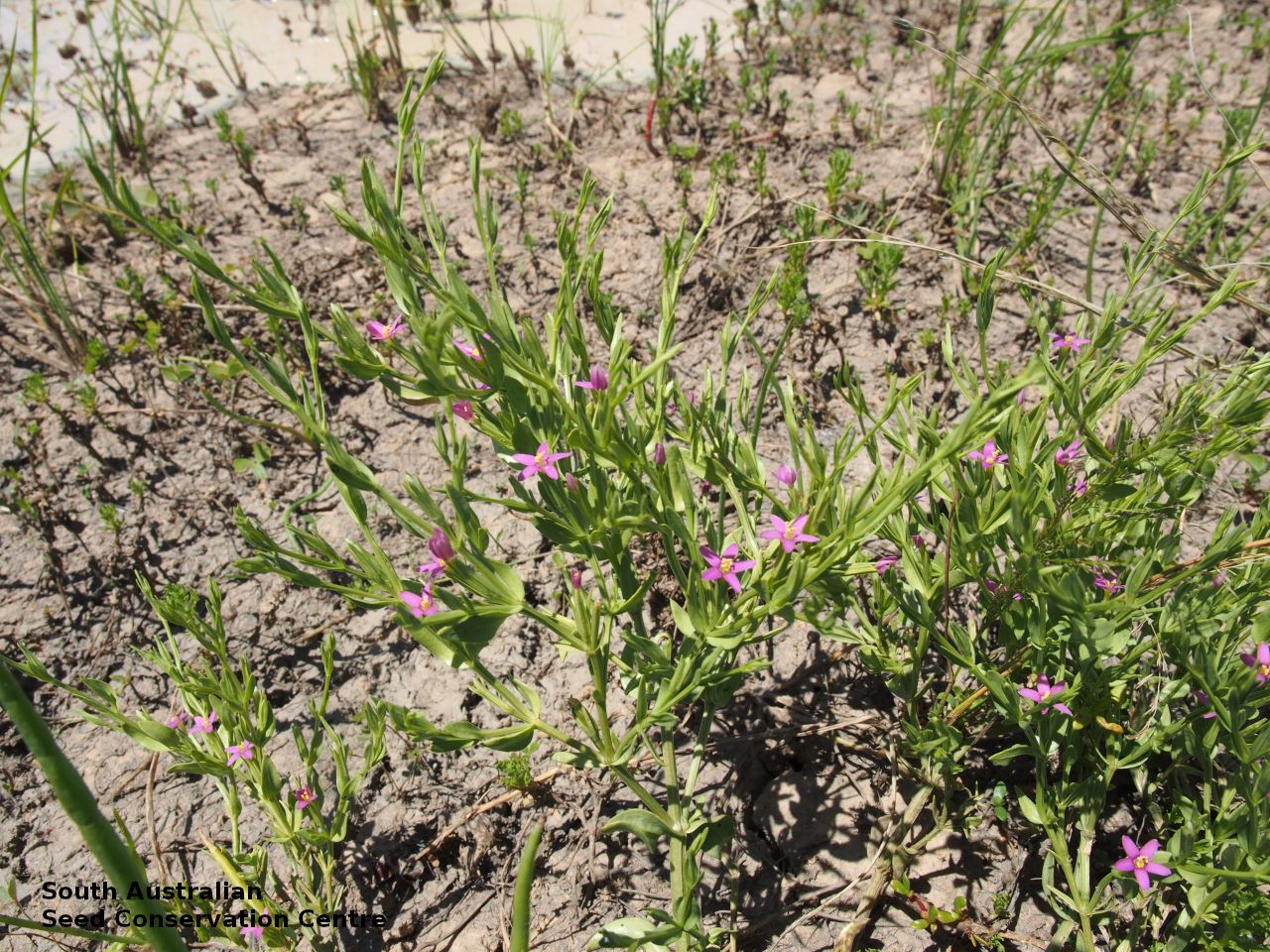
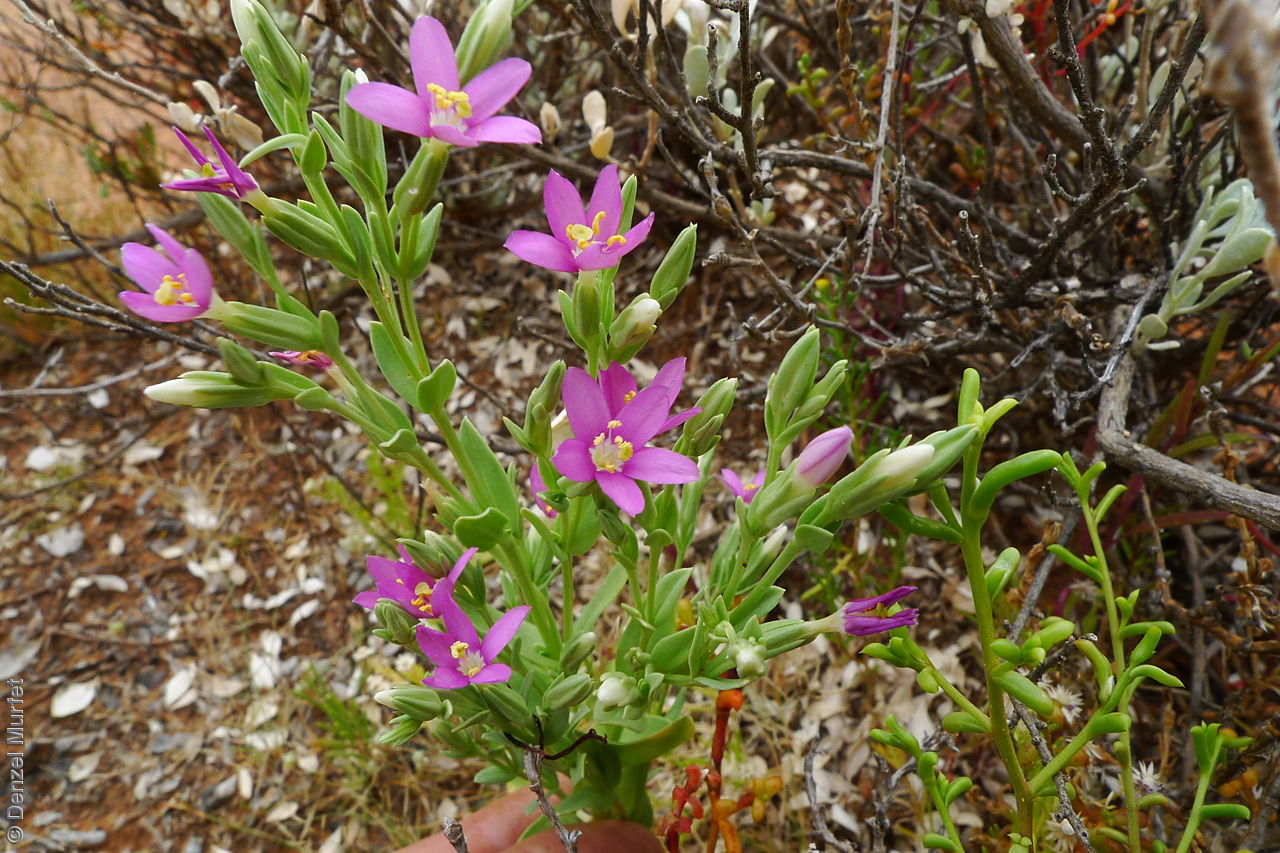

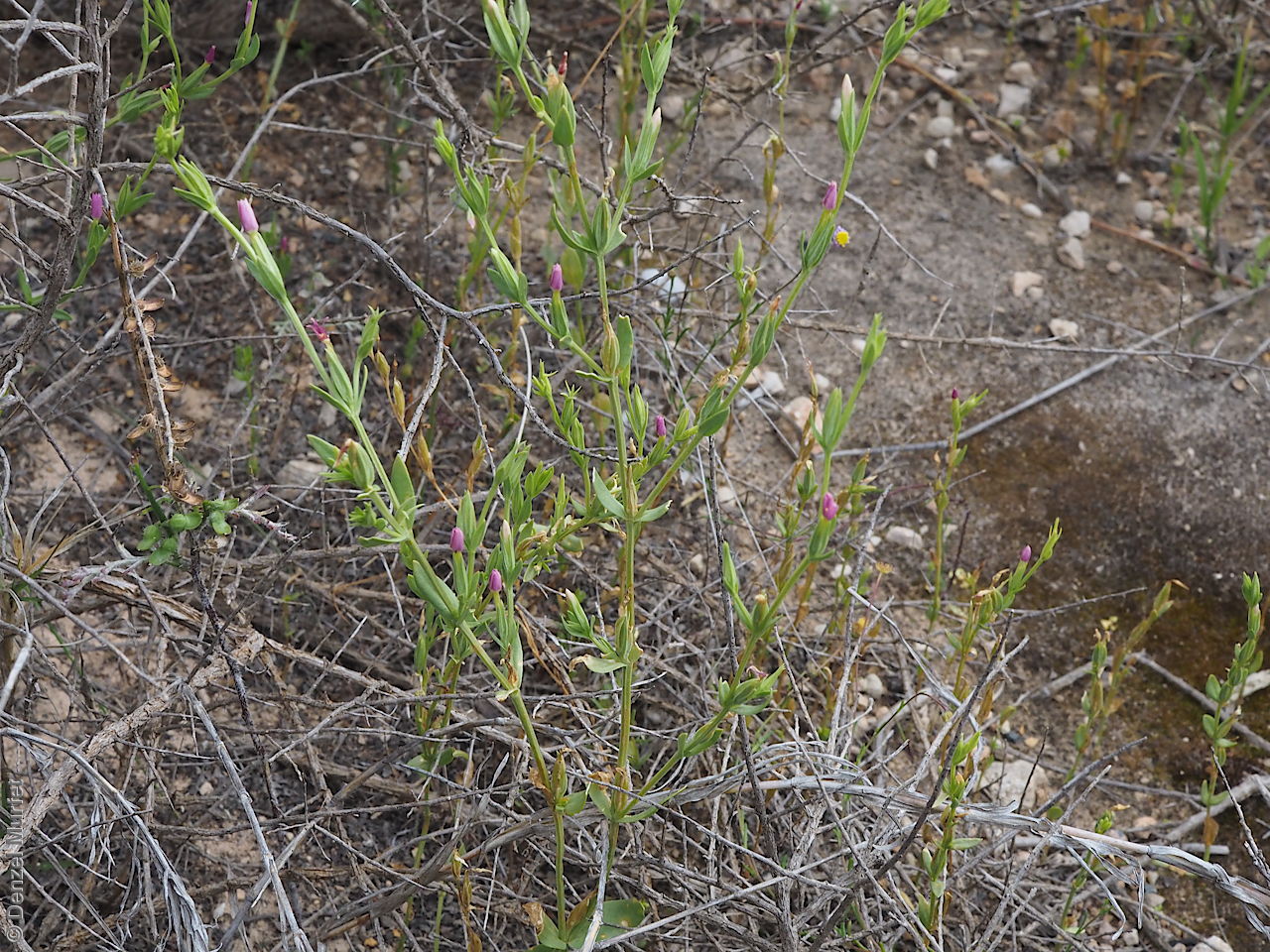
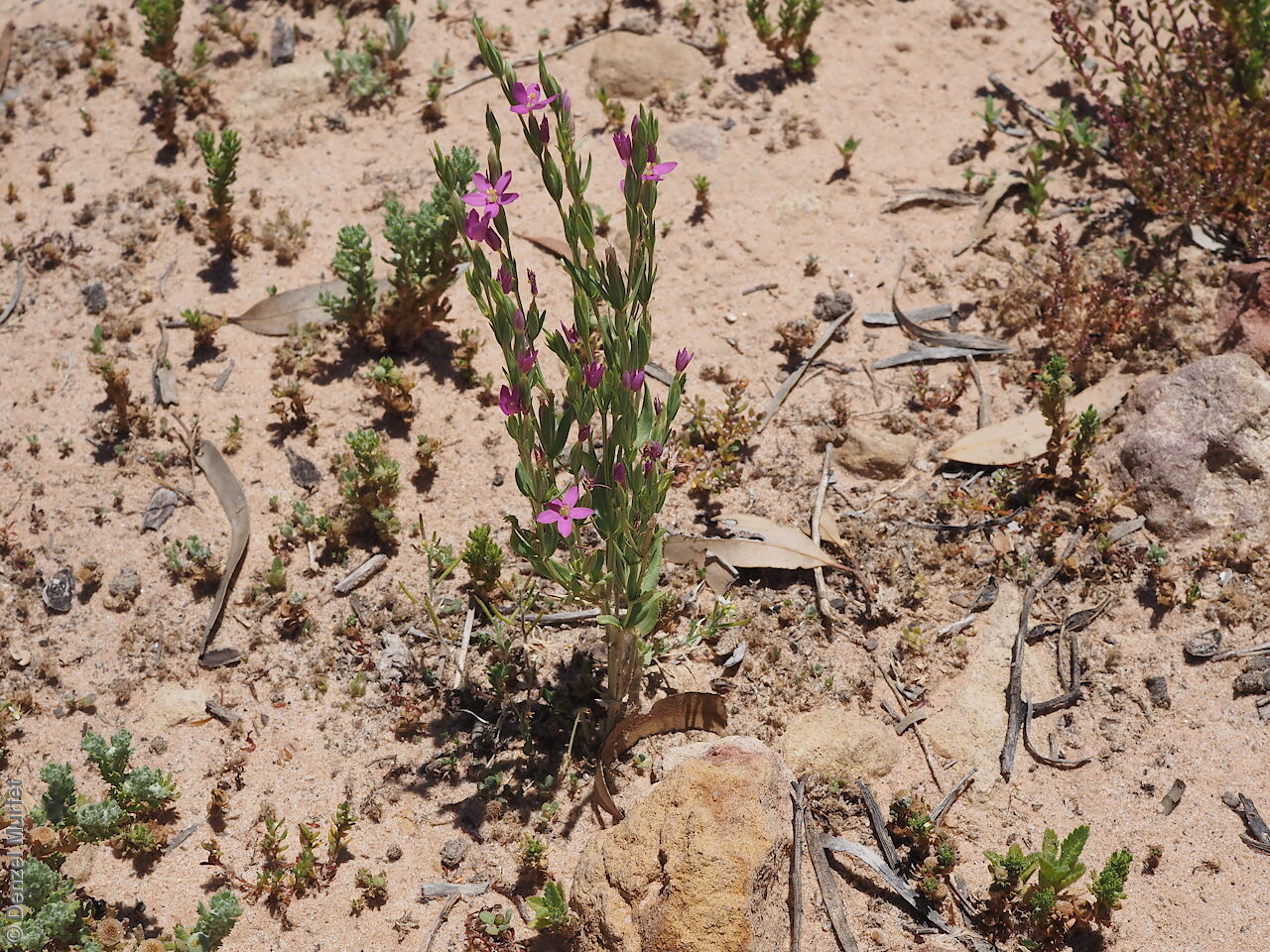
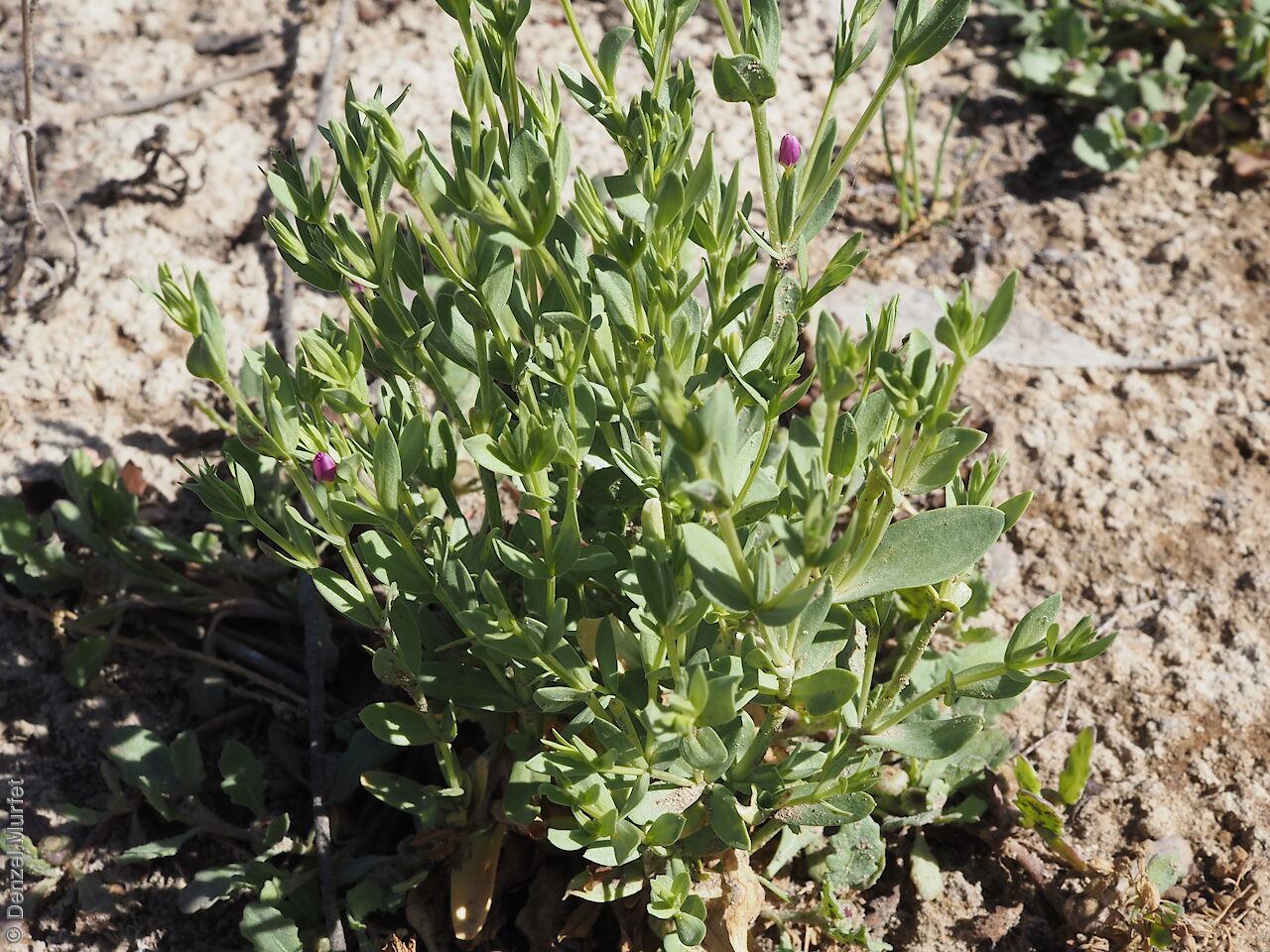
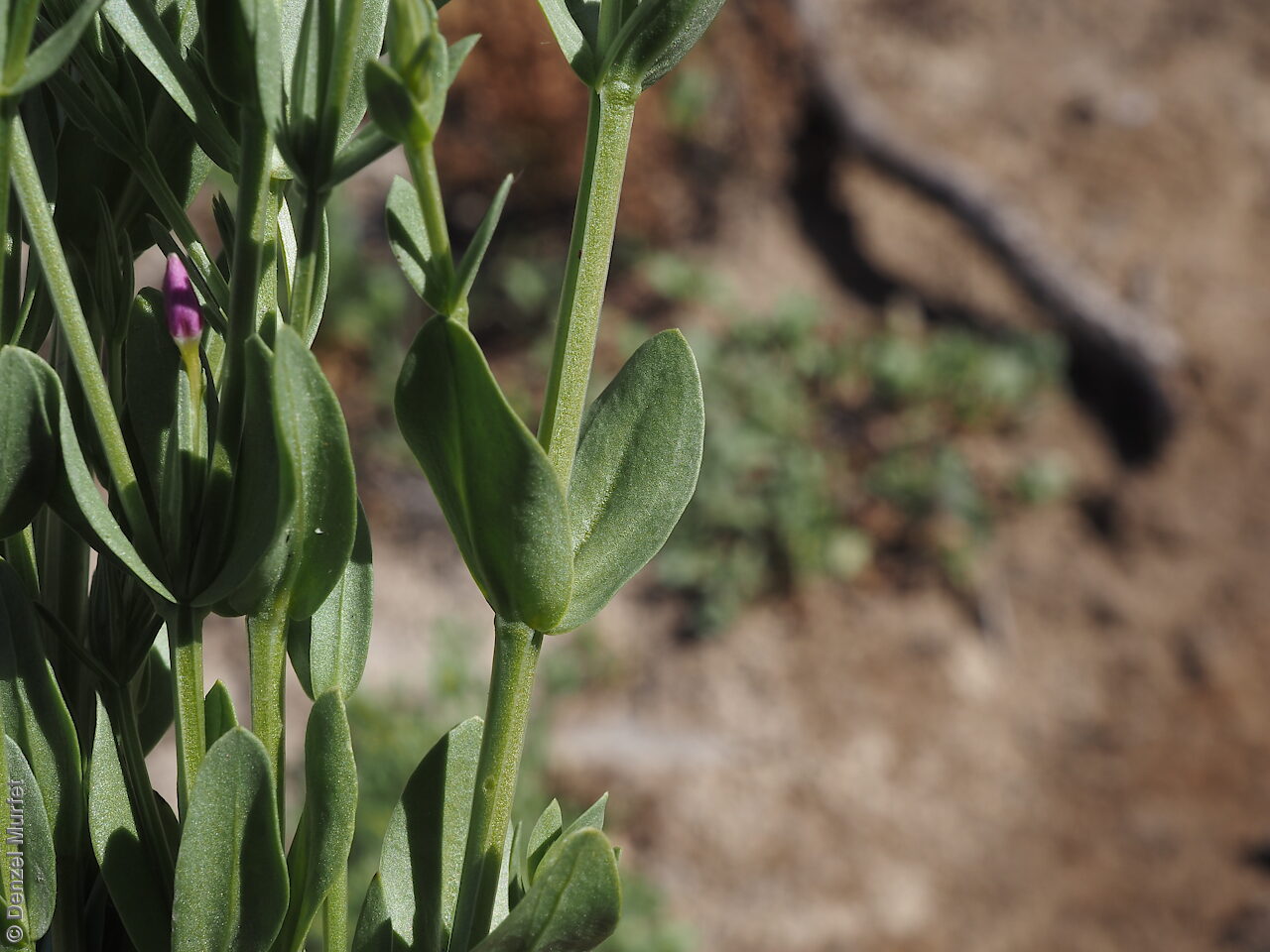
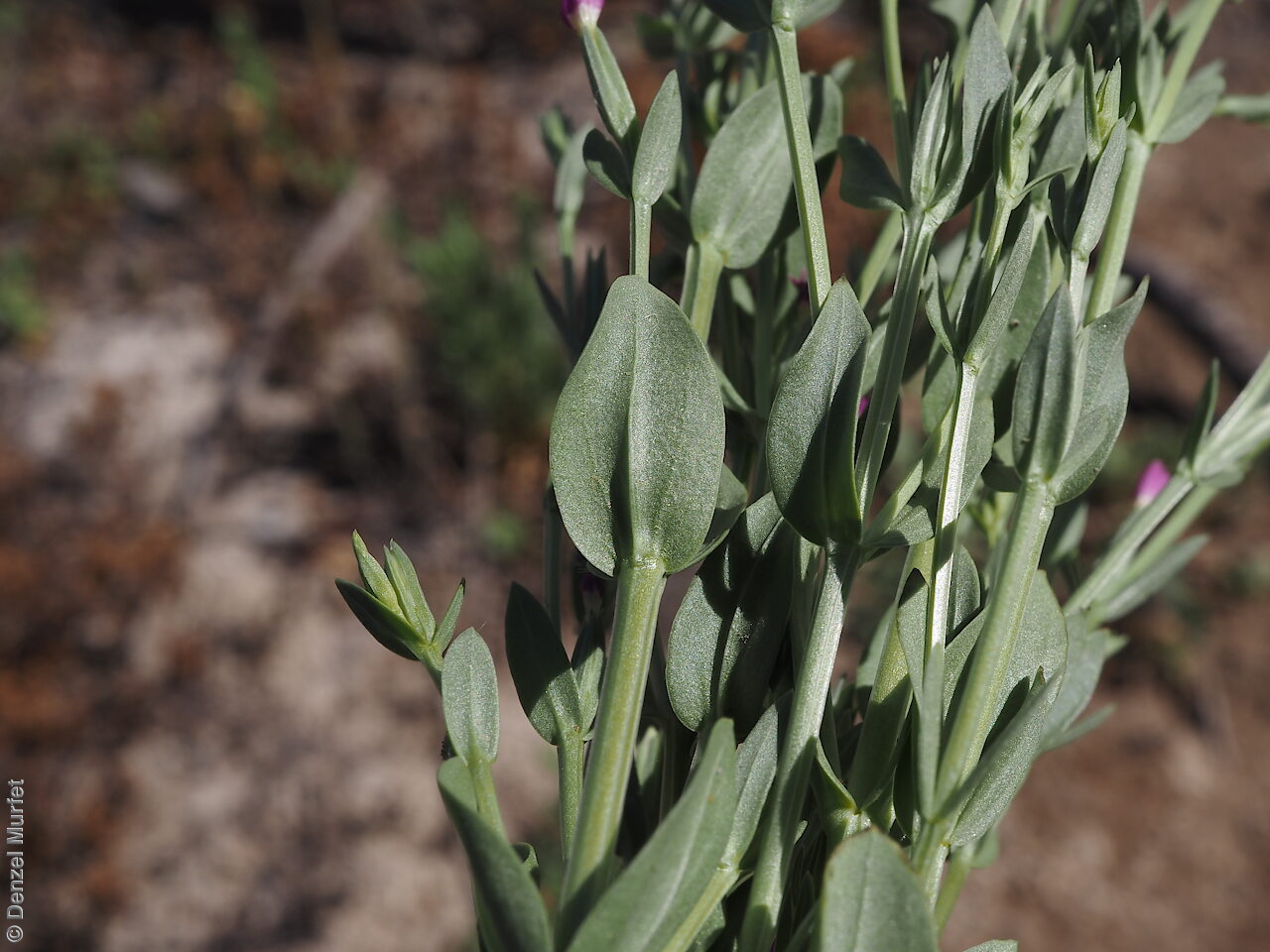
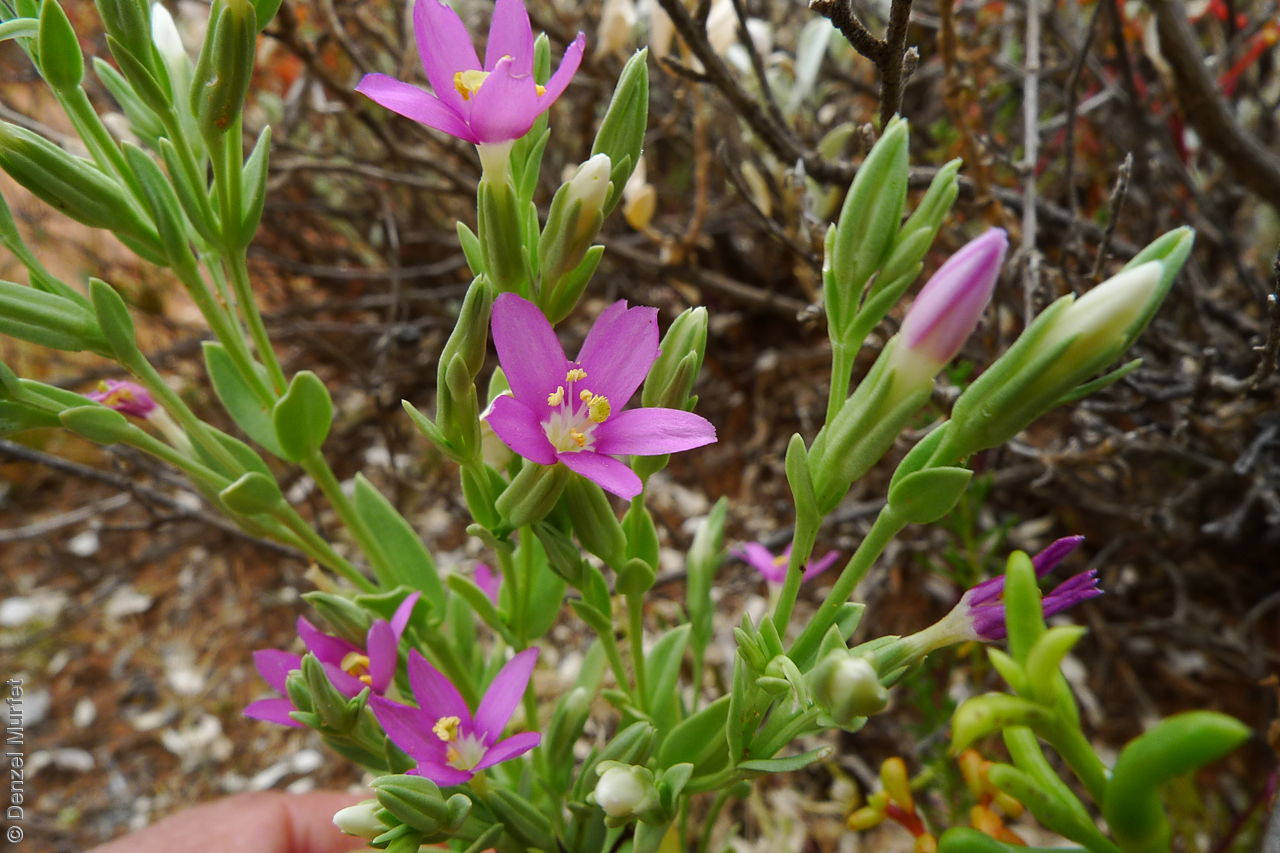
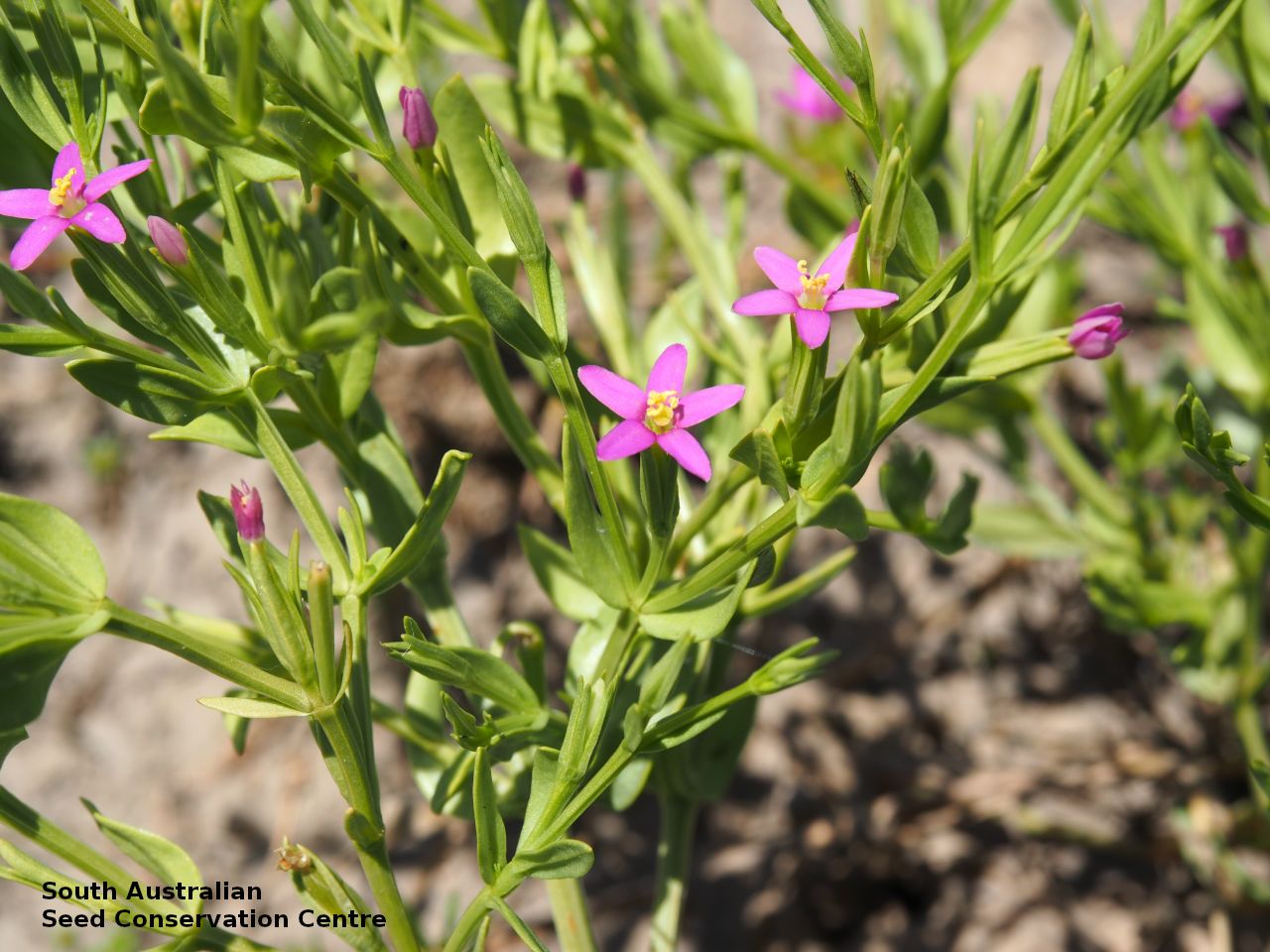
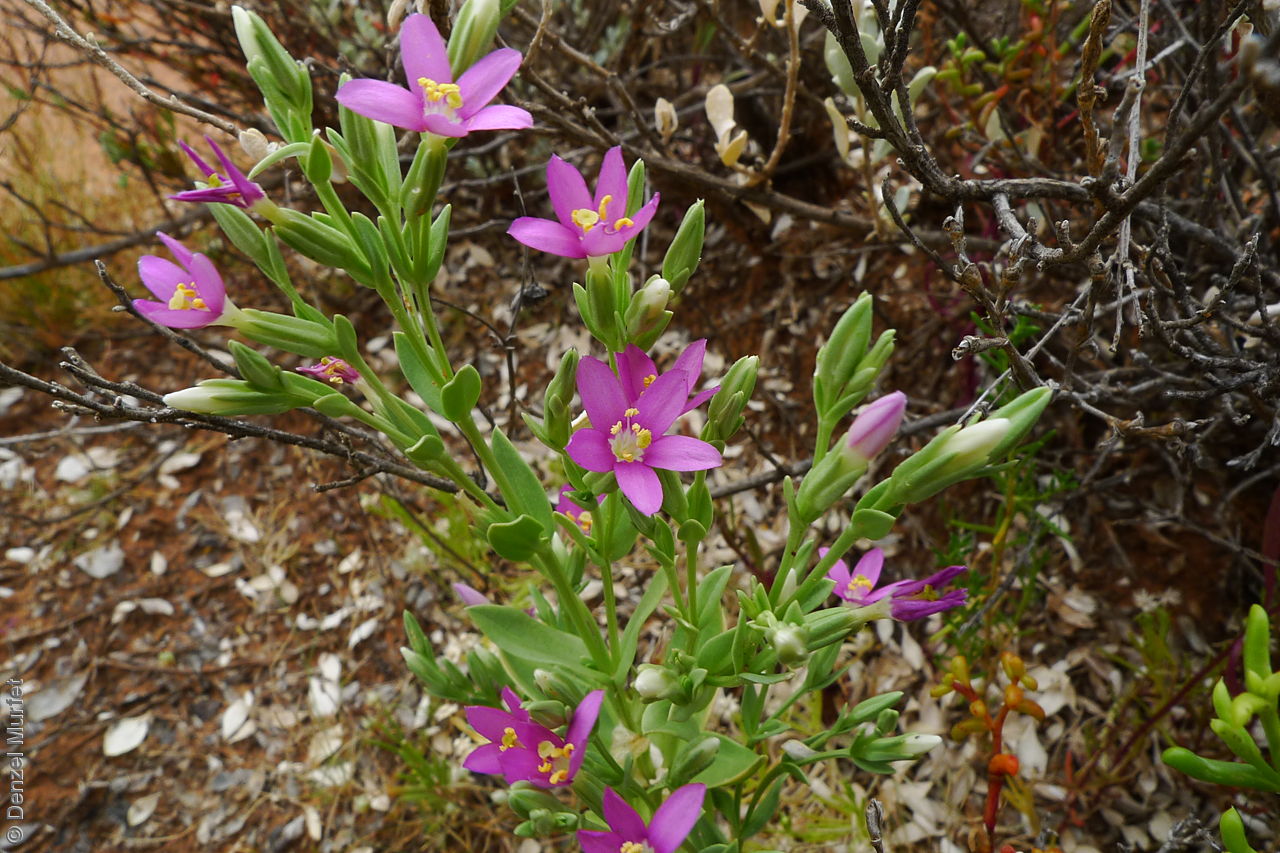
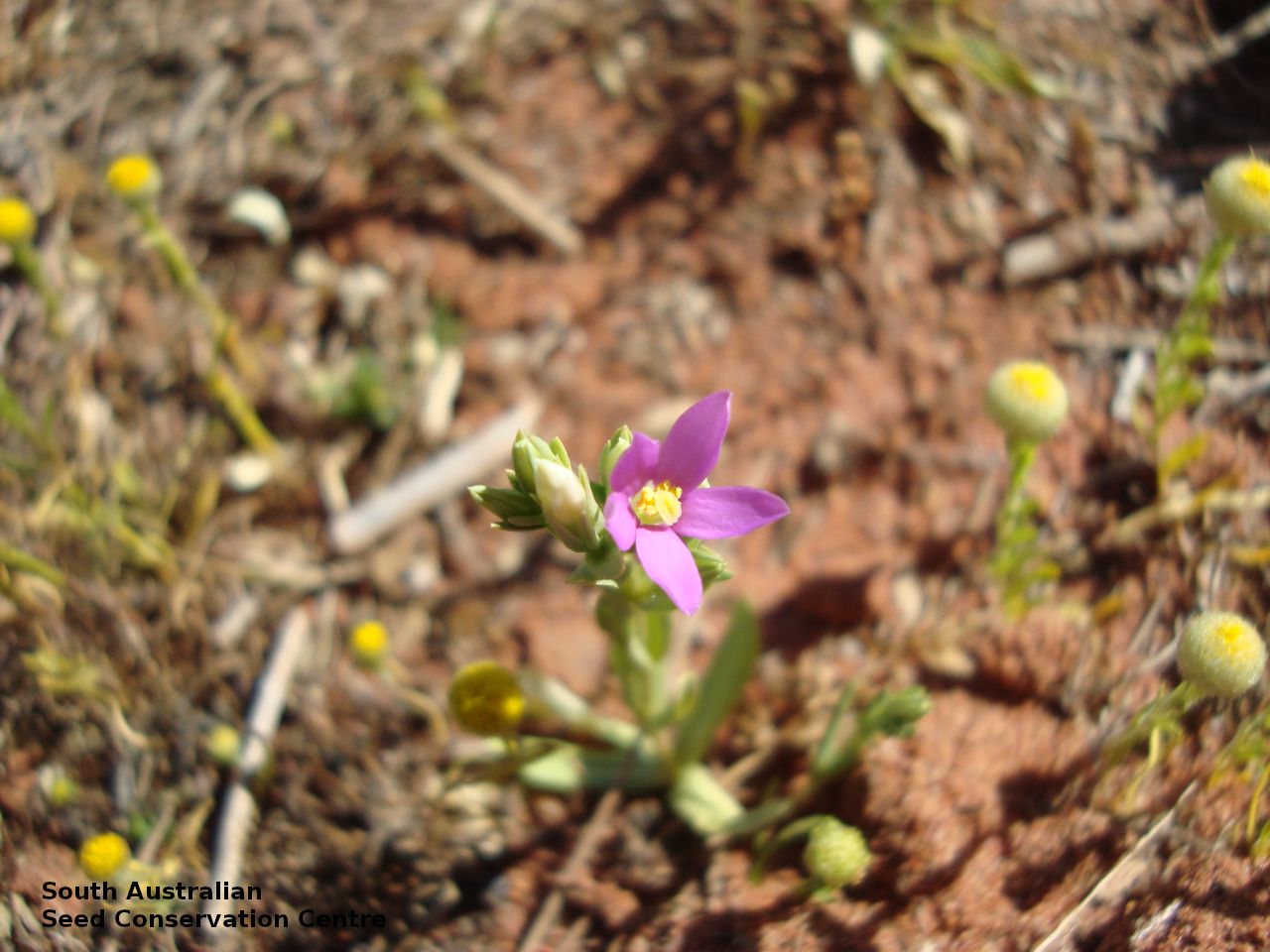
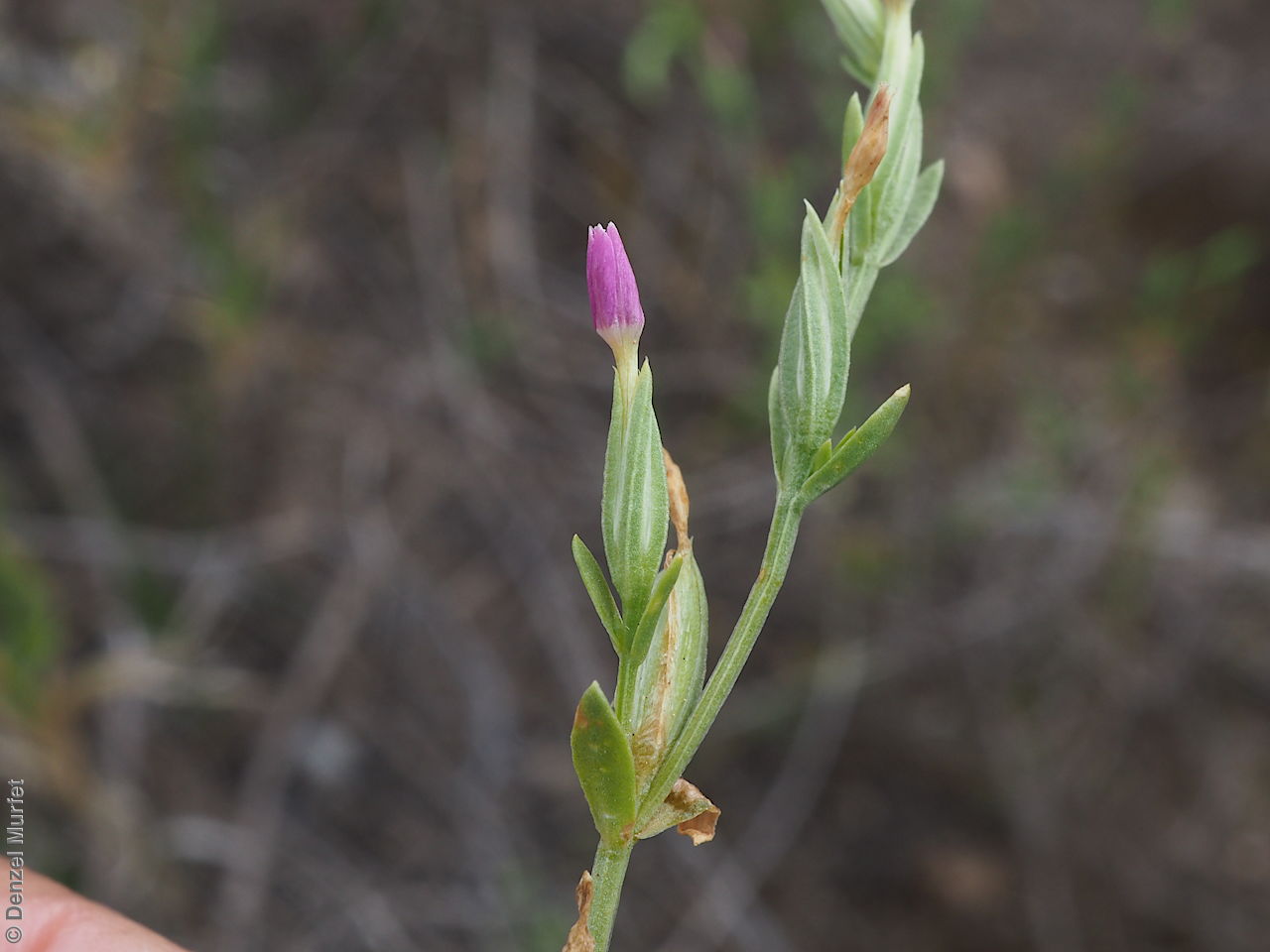
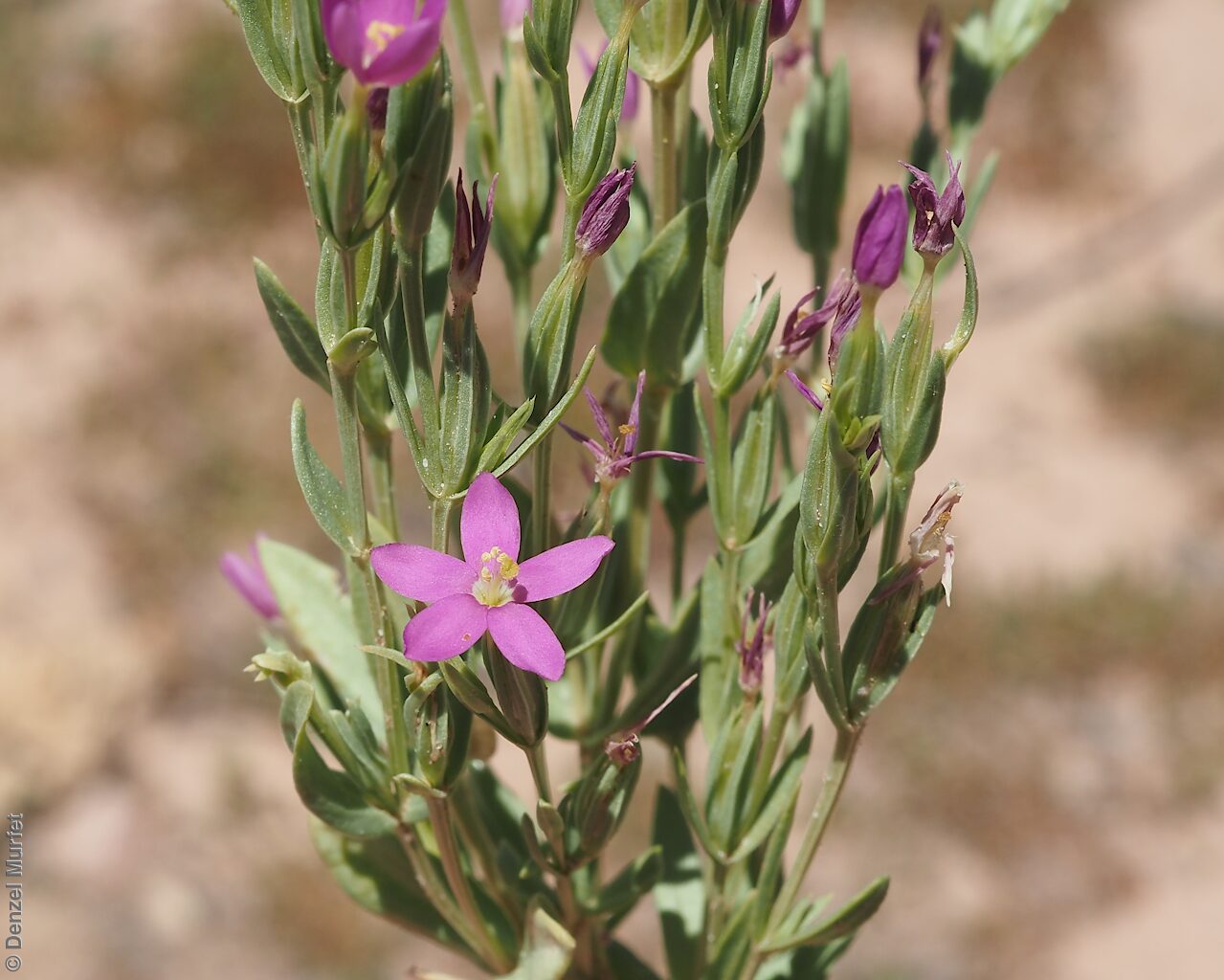
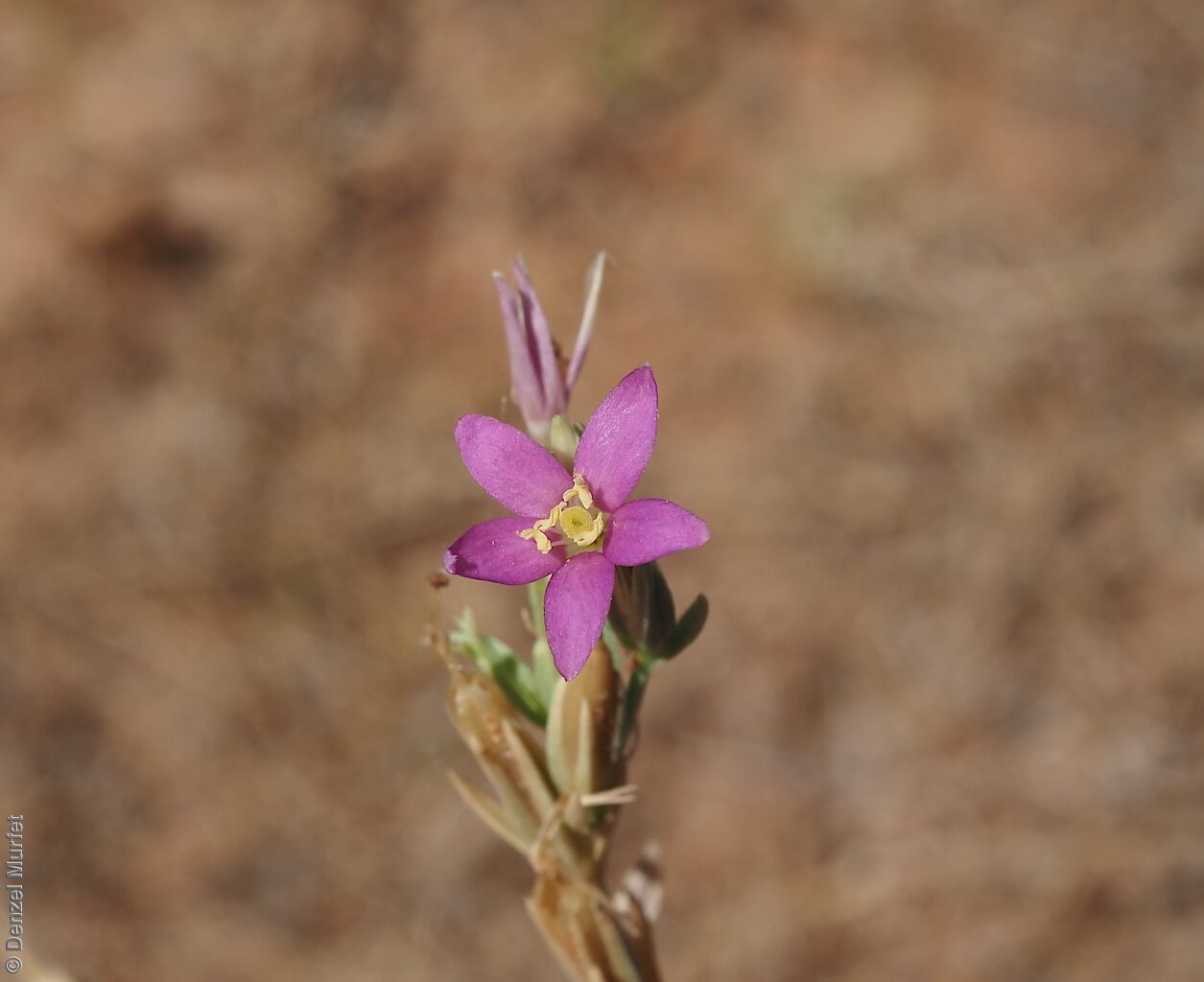
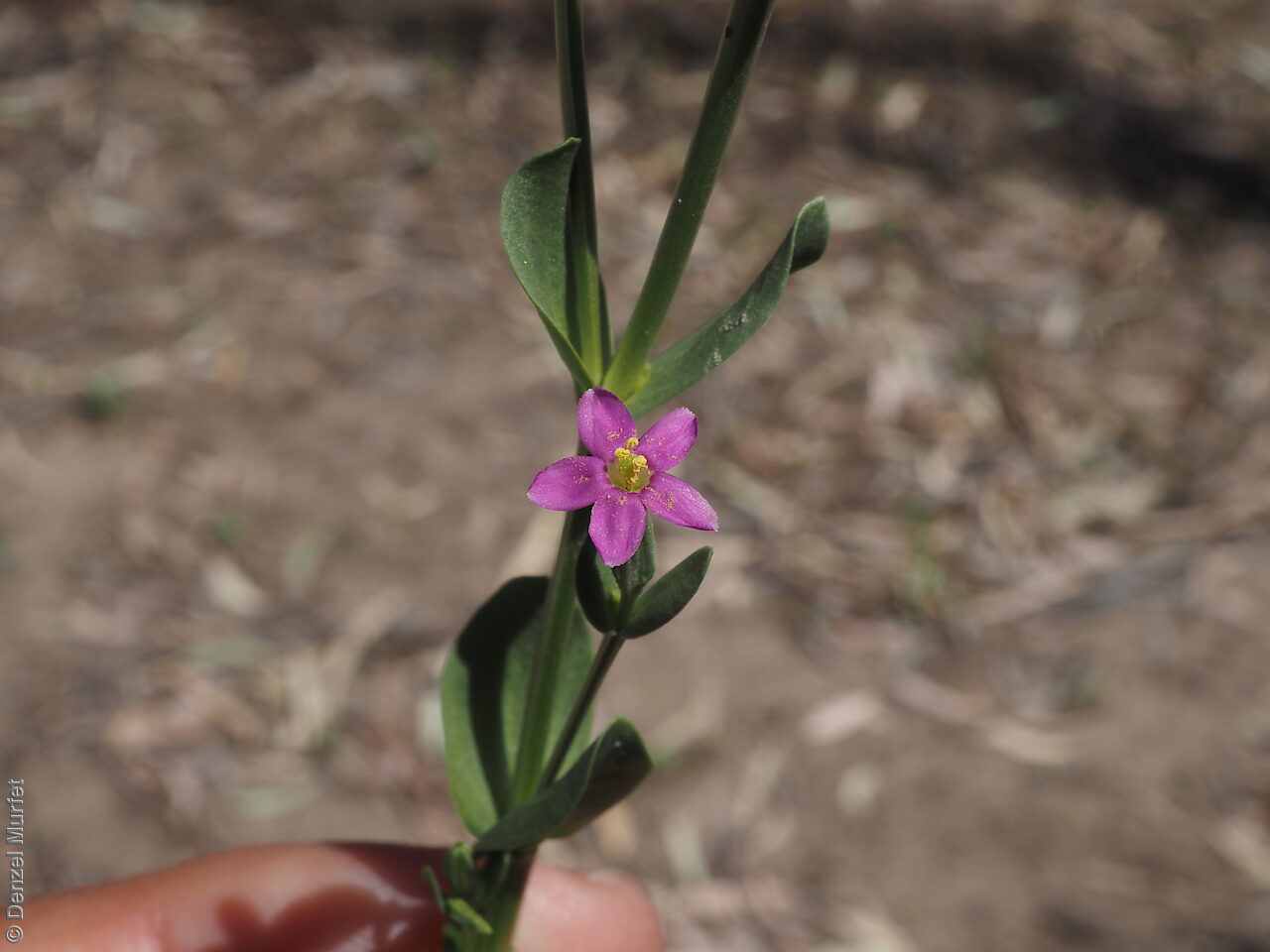
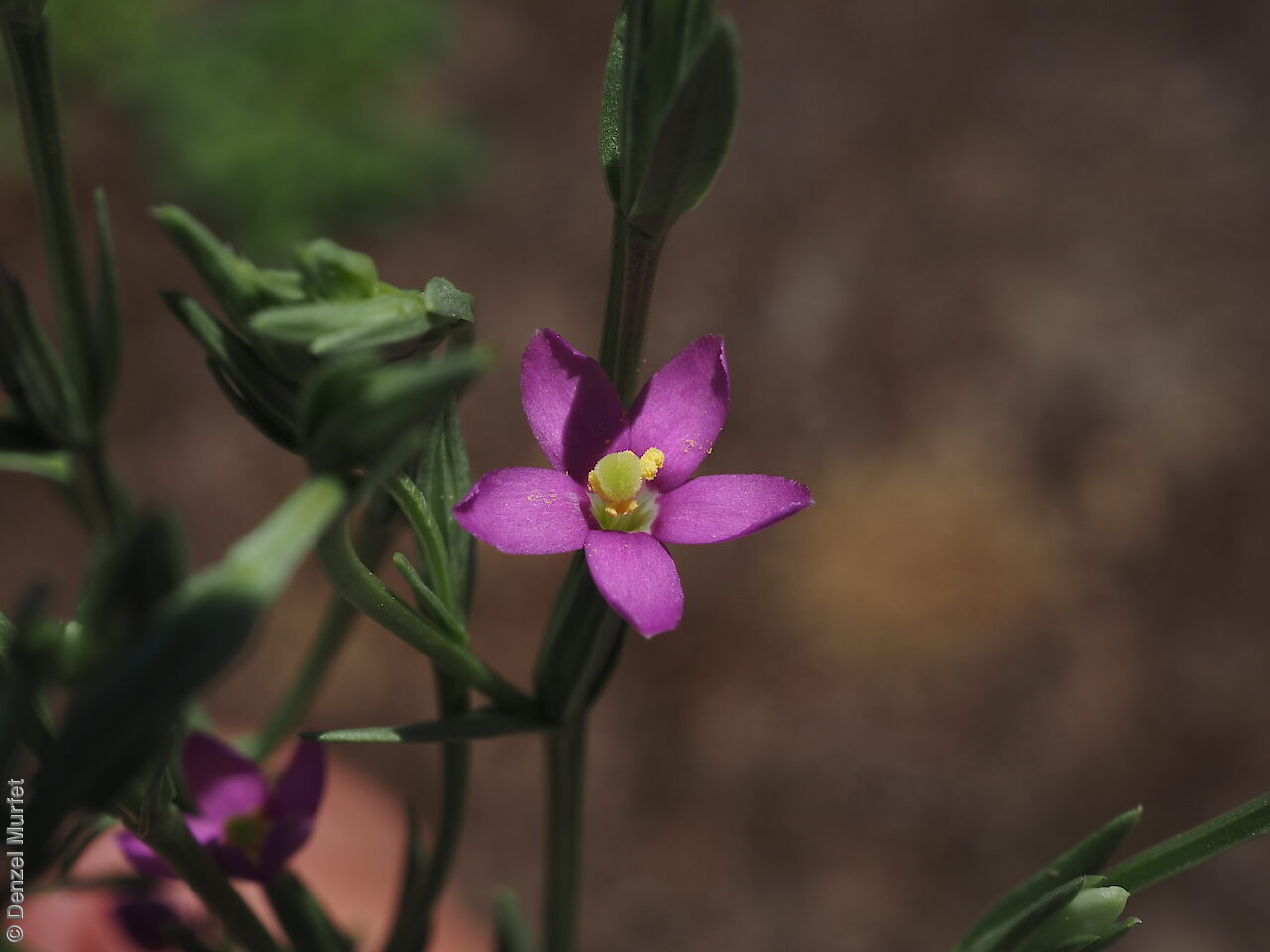
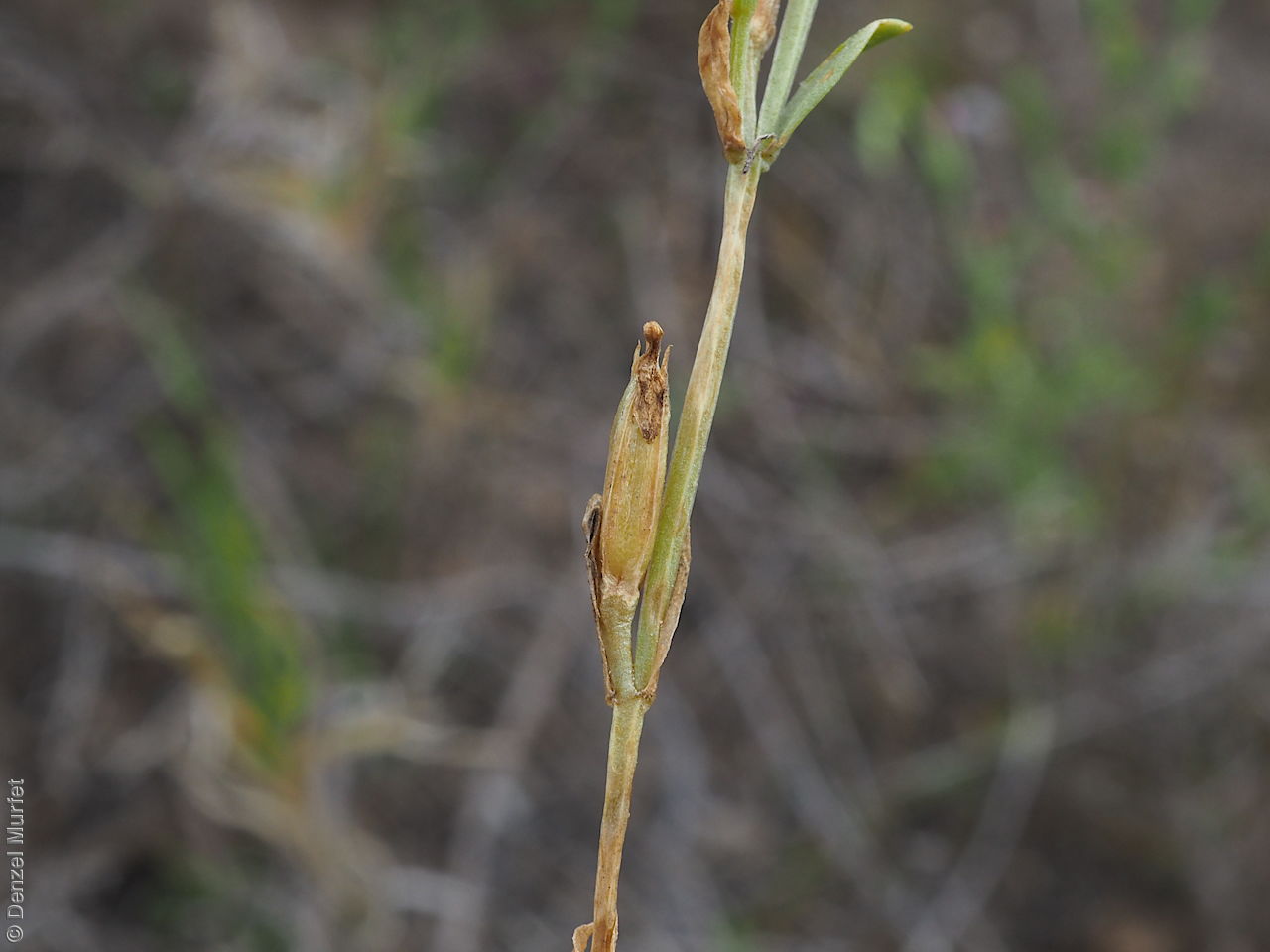
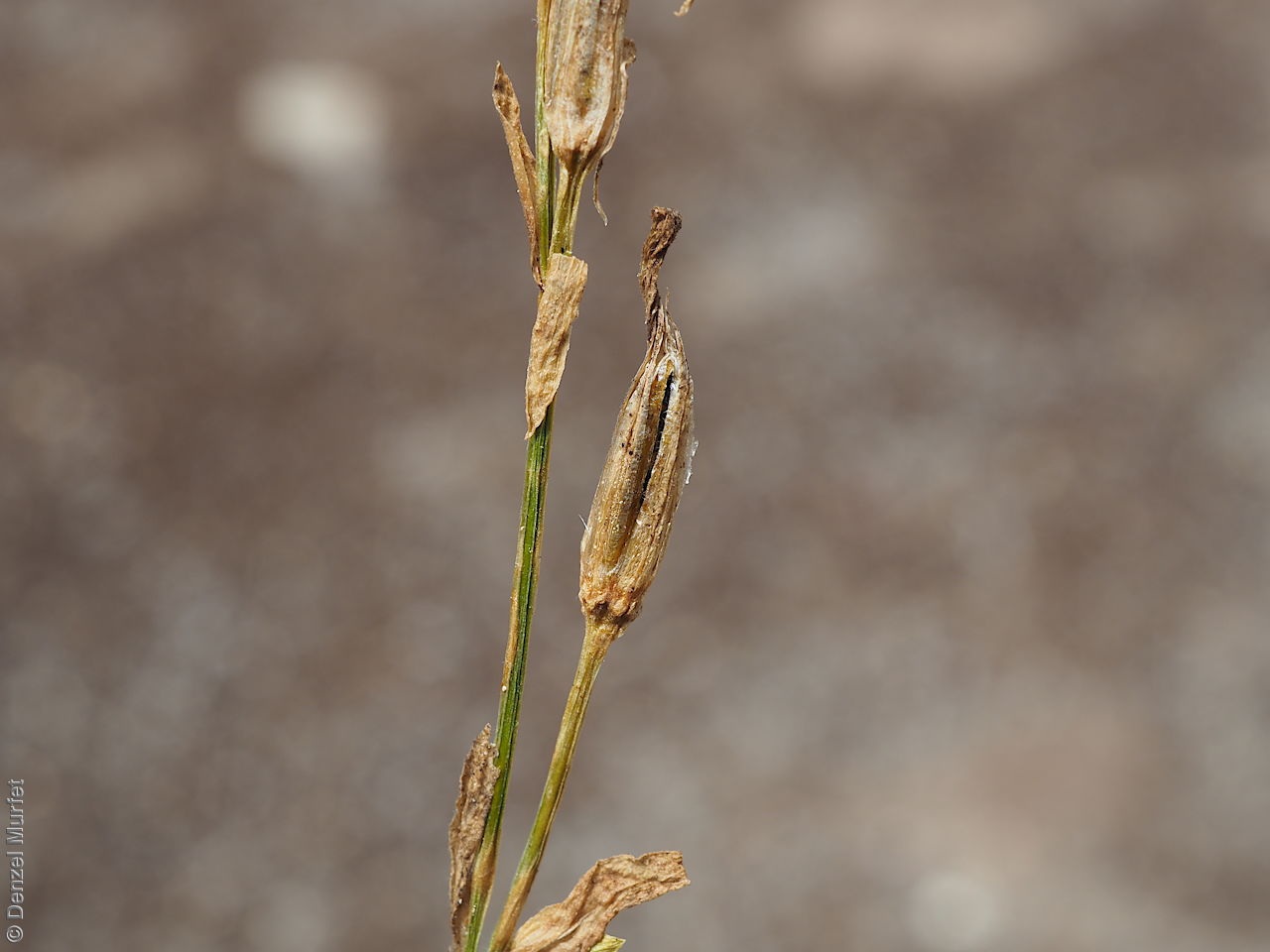
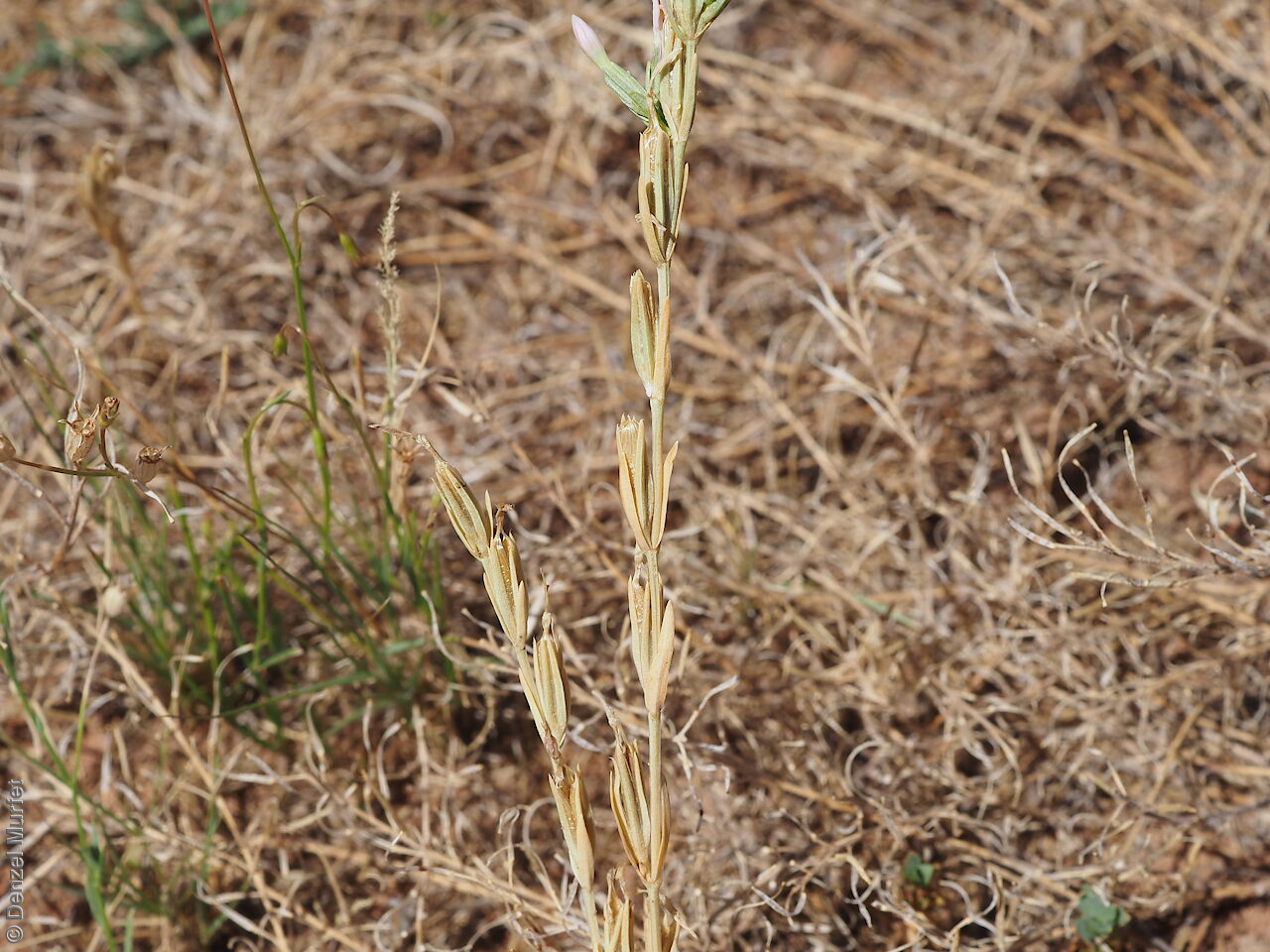
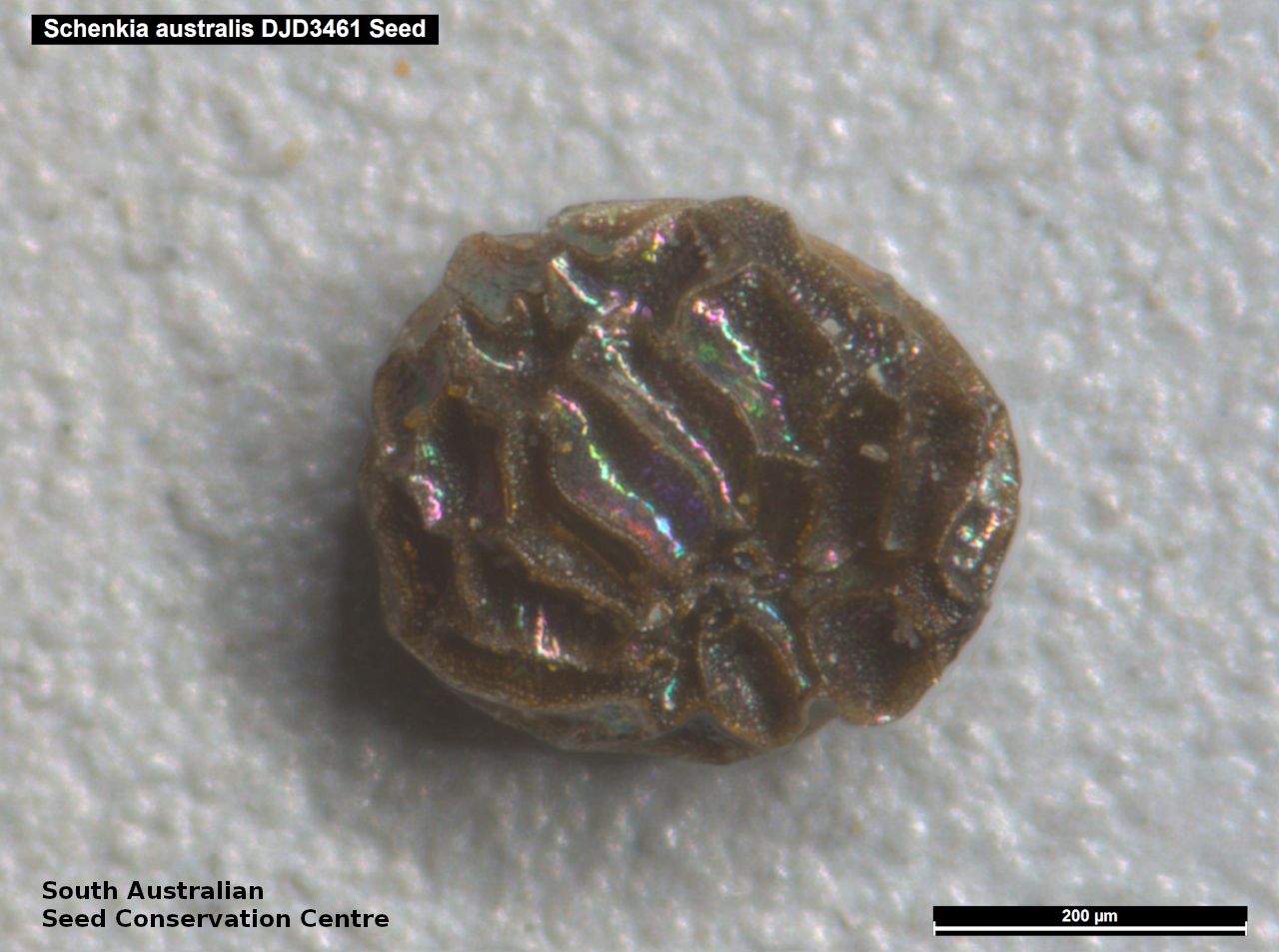
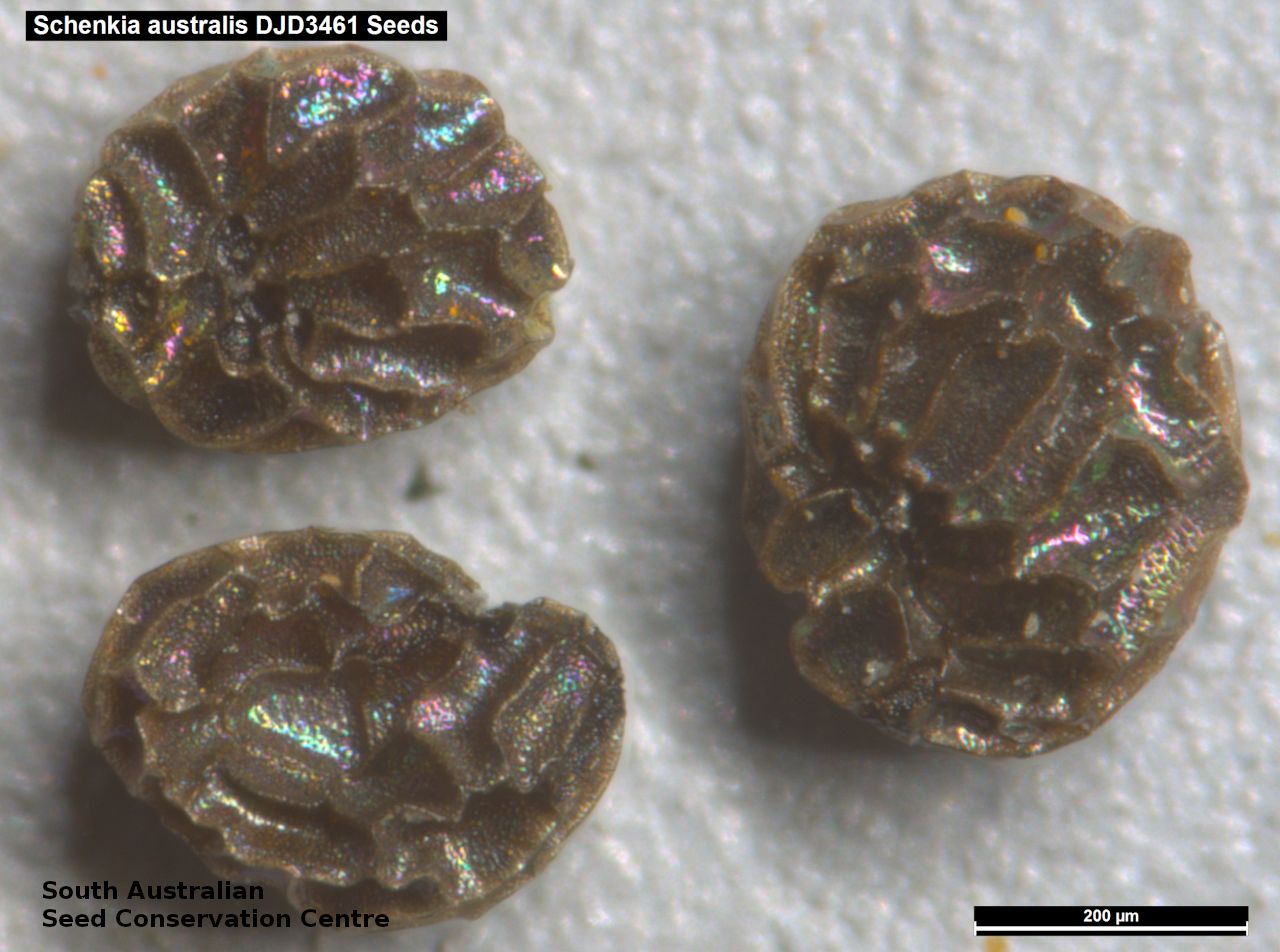
Regional Species Conservation Assessments per IBRA subregion.

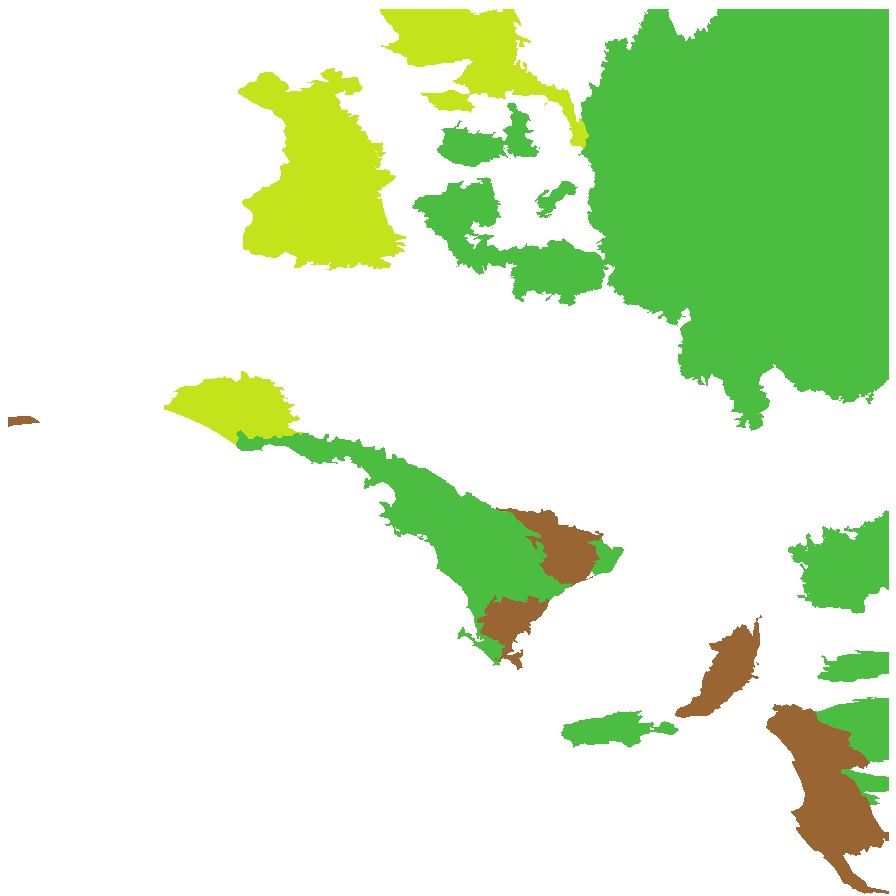
Least concern
Near threatened
Rare
Vulnerable
Endangered
Critically endangered
Extinct
Data deficient
Adelaide
Arkaroola
Ceduna
Coober Pedy
Hawker
Innamincka
Marla
Marree
Mount Gambier
Oodnadatta
Renmark
Wudinna
Keith
Yunta
Display IBRA region text
| Bridgewater (NCP01) | Naracoorte Coastal Plain | Rare (IUCN: RA d(ii)) [newly described spp.] |
| Lucindale (NCP03) | | Rare (IUCN: RA d(ii)) [newly described spp.] |
| Tintinara (NCP04) | | Rare (IUCN: RA d(ii)) [newly described spp.] |
| Kangaroo Island (KAN01) | Kanmantoo | Least Concern |
| Fleurieu (KAN02) | | Rare (IUCN: RA d(ii)) [weedy; undercollected] |
| Mount Lofty Ranges (FLB01) | Flinders Lofty Block | Rare (IUCN: RA d(ii)) [likes salt, arid sp, more likely on floodplains; in Aldinga Scrub; name change, some northern records doubtful] |
| Northern Flinders (FLB05) | | Least Concern |
| Eyre Hills (EYB03) | Eyre Yorke Block | Rare (IUCN: RA d(ii)) |
| Talia (EYB04) | | Least Concern |
| Eyre Mallee (EYB05) | | Least Concern |
| South Olary Plain (MDD01) | Murray Darling Depression | Least Concern [new name for Centaurium spicatum, prev thought a weed] |
| Lowan Mallee (MDD04) | | Least Concern [new name for Centaurium spicatum, prev thought a weed] |
| Tallaringa (GVD05) | Great Victoria Desert | Near Threatened |
| Yalata (NUL03) | Nullarbor | Data Deficient |
| Hampton (HAM01) | Hampton | Data Deficient |
| Dieri (SSD03) | Simpson Strzelecki Dunefields | Least Concern |
| Strzelecki Desert (SSD05) | | Least Concern |
| Murnpeowie (STP03) | Stony Plains | Least Concern |
| Macumba (STP05) | | Near Threatened |
| Witjira (STP06) | | Near Threatened |
| Baltana (STP07) | | Least Concern |
| Sturt Stony Desert (CHC02) | Channel Country | Least Concern |
| Diamantina-Eyre (CHC04) | | Least Concern |
| Coongie (CHC06) | | Least Concern |
| Lake Pure (CHC07) | | Least Concern |
| Everard Block (CER03) | Central Ranges | Near Threatened |
| 3 of 4 subregions | Naracoorte Coastal Plain | Rare |
| 2 of 2 subregions | Kanmantoo | Least Concern , Rare |
| 2 of 6 subregions | Flinders Lofty Block | Least Concern , Rare |
| 3 of 5 subregions | Eyre Yorke Block | Least Concern , Rare |
| 2 of 6 subregions | Murray Darling Depression | Least Concern |
| Tallaringa (GVD05) | Great Victoria Desert | Near Threatened |
| Yalata (NUL03) | Nullarbor | Data Deficient |
| Hampton (HAM01) | Hampton | Data Deficient |
| 2 of 4 subregions | Simpson Strzelecki Dunefields | Least Concern |
| 4 of 7 subregions | Stony Plains | Least Concern , Near Threatened |
| 4 of 4 subregions | Channel Country | Least Concern |
| Everard Block (CER03) | Central Ranges | Near Threatened |
Botanical art
Kath Alcock paintings: 2
Prior names
Centaurium spicatum
Centaurium littorale, partly
Erythraea spicata
Centaurium australe
Erythraea australis
Common names
Spike Centaury
Etymology
Schenkia possible named after Joseph August Schenk (1815-1891), an Austrian-born, German botanist and paleobotanist. Australis means of or from the south, referring to the distribution of the species in the Southern hemisphere
Distribution and status
Found across South Australia, growing in damp and sandy places. Also found in all States. Native. Common in South Australia. Common in the other States.
Herbarium regions: North Western, Lake Eyre, Nullarbor, Gairdner-Torrens, Flinders Ranges, Eastern, Eyre Peninsula, Northern Lofty, Murray, Yorke Peninsula, Southern Lofty, Kangaroo Island, South Eastern, Green Adelaide
AVH map: SA distribution map (external link)
Plant description
Annual or rarely biennial forb to 45 cm tall. Basal leaves withering early. Stem leaves opposite each other, to 3 cm long and 2 cm wide. Flowering between November and March. Fruits are brown cylindrical capsule to 10 mm long. Seed embryo type is spatulate under-developed.
Seed collection and propagation
Collect seeds between January and May. Collect mature capsules as they dry off and turn brown. They should contain hard brown seeds. Place the capsules in a tray for a week. Ensure you cover the tray with paper to prevent the seeds popping out. Then rub the capsules with your fingers to dislodge all the seeds. Use a sieve to separate the unwanted material. Store the seeds with a desiccant such as dried silica beads or dry rice, in an air tight container in a cool and dry place.
| Location | No. of seeds
(weight grams) | Number
of plants | Date
collected | Collection number
Collection location | Date
stored | % Viability | Storage
temperature |
MSB |
90,000 (1.14 g) | | 5-Jan-2008 | RJB77092
Northern Lofty | | 95% | |
Location: BGA — the seeds are stored at the Adelaide Botanic Gardens, MSB — the seeds are stored at the Millennium Seed Bank, Kew, England.
Number of plants: This is the number of plants from which the seeds were collected.
Collection location: The Herbarium of South Australia's region name.
% Viability: Percentage of filled healthy seeds determined by a cut test or x-ray.























